Now Reading: Best Places to Visit in Viluppuram – Forts, Temples & Natural Attractions
-
01
Best Places to Visit in Viluppuram – Forts, Temples & Natural Attractions
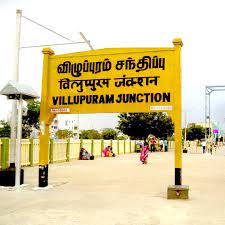
Best Places to Visit in Viluppuram – Forts, Temples & Natural Attractions
1.Gingee Fort
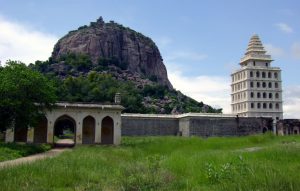
Gingee is also ingee in Tamil. A small town GINGEE was once a CAPITAL TOWN With territory spreading from Nellore in the north to the Coleroon (Kollidam) in the south Local legend has it that GINGEE Amman one of the seven virgin goddesses, guardian deities of the Village. It is said that in about 1200 A. D. , GINGEE was fortified by Ananda’Knore, chiettain of the local shepherds. Sri. Krishna Kone, in 1240 A. D. His successor is said to have strengthened the neighbourhood of the northern hill which subsequently seems to have been called krishnagiri. Historical record goes back to 16th century, when Gingee (GINGEE) became Headquarters of the Nayaka rulers, who were subject of Vijayanagar empire, expanding in greatness. Krishnaindevaraya, he appointed Krishnappa Nayaka and he was credited by being the founder of the Nayaka lineage of Gingee.
Most of the structures, bastion walls and Temples were constructed during this time. But then under chatrapati shivaji, the Maratha great, Gingee was grabbed in 1677 AD. Gingee fell under Moghul emperor Aurangazeb’s control in 1691Ad.
Sarup Singhs son. Raja De singh revolted against nawab of Arcot crushed and killed in the war which ensued. Though, gingee passed into the hands of the nawabs in 1714 A. D . the young bold De Singh became a legend, and his heroic exploits were made the subject matter of popular ballads. So Gingee also became very famous. In 1750 AD Gingee was under French control and remained so till it was handed over to the British in 1761
GINGEE today, with its battered down forts, temples and store rooms bears a far different look than the commanding splendor of its ancient days. Obviously, the legacy of those ancient glories, betrays the countless conquests, wars and bravery of that era. Inviting you to this land of brave, powerful, land of bygone era to see the glorious past visible in the crumbling walls of the GINGEE fort.
2.Fortification Walls
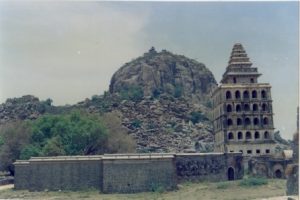
Among the best military construct in India is the fortifying walls of Gingee which were constructed for the security of the hill fortes of Krishnagiri, Chakkilidrug and Rajagiri. These colossal walls that join the three hills together make an unimaginable triangular shape and they are a proof of ancient military engineering genius.
Historical Relevance of Gingee Fort.
Located 160 kilometers away from Chennai, in Gingee Fort, they are also known as the “Troy of the East” due to the strategic location of the fortress and the high wall which surrounded it. The construction of the fort took place during 9th century by Chola, at times fortified by Marathas and Mughal Empire especially during rule of Chattrapati Shivaji and Rajaram.
Best Time to Visit
- Best Time to Visit Gingee Fort is October to March period when the climate in cooler and suitable for trekking.
- The best views can be achieved in the morning hours and late afternoons also escaping the midday heat.
3.Kalyana Mahal
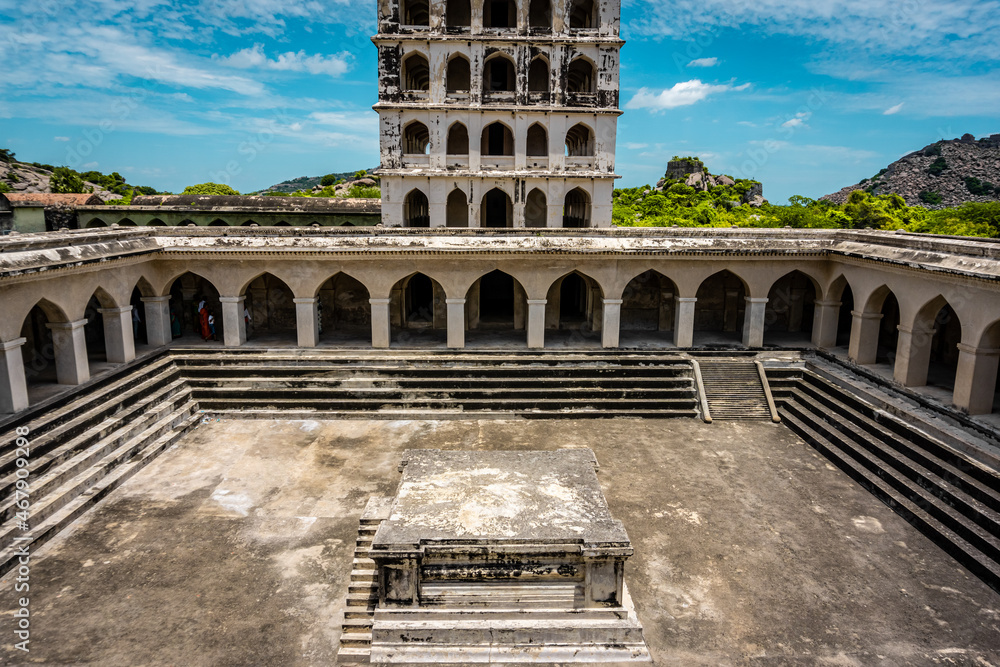
One of the most intriguing ruins in the Gingee Fort is the Kalyana Mahal, an outstanding example of Indo-Islamic architecture standing as a mute spectator to the one-time opulence and grandeur of by gone era. A must visit destination for history lovers and architecture enthusiasts, this edifice is a great illustration of growth of Indian & Islamic architectural styles progressing to Greaterer during the Vijayanagar Nayaka period.
A Sneak Peek at Kalyana Mahal’s Brief History
The Kalyana Mahal was constructed by the Vijayanagar Nayaks who ruled the Gingee Fort after the demise of the Yadava (.) The Mahal was possibly used for royal weddings or ceremonial events, possibly due to its name, “Kalyana” (wedding). The building embodies grandness and has the fineness of the era, blending Islamic and Indian styles both in design.
Best Time to Visit
- To have the truly authentic Kalyana Mahal experience, come in the winters, between October to March. The cooler time of year makes hiking the ruins more enjoyable. Visiting early in the morning or late in the afternoon gives you the pleasure of peaceful surroundings and seeing in the soft light the structure itself.
4.The famous Ranganatha temple
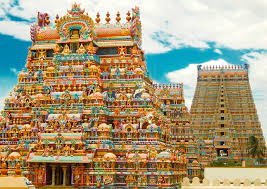
In the wonderful veritable buildings at the Fort Gingee, the Ranganatha Temple is one of the most important and most historically important sites. Constructed in the characteristic Vijayanagar style, this temple has a centuries long history behind it and is a perfect epitome of the area’s architectural grandeur.
The Ranganatha Temple Architectural Importance
Ranganatha temple is devoted to Lord Ranganatha, a form of Lord Vishnu and thus a fine exemplar of Vijayanagara architectural art. The elaborate carvings, sculptures as well as the massive structure show the skill of the artistic by means of the Vijayanagara Empire, who occur viewed in large temples additionally constructed fortifications.
Indo-Islamic Influence: The temple itself is an example of the standard Hindu temple architecture, while the adjacent audience hall is perfect example of the Indo-Islamic style. The hall, although damaged, is sustained by striking, pointed arches which reflect in characteristic manner the elements of Islamic design, and illustrating the cultural fusion which characterized the period of construction.
Best Time to Visit
- The best time to go see Ranganatha Temple and its close by structures is amid the winter months from October to March when the climate is tolerable for travel. Morning or late afternoon is the best to capture the beauty of the temple its in soft and warm light.
5.Thiruvaamathoor

Thiruvaamathoor is ensconced in the midst of Tamil Nadu and houses an old Chola temple in honour of Lord Sri Abiramaeshwarar. Bringing this picturesque past of this place to life, the richness of history, and architectural majesty of this temple is a living testimony to the glory of the Chola dynasty, and the religious passion that held the region in thrall for centuries.
An Overview of the Past of Thiruvaamathoor Temple
The Thiruvaamathoor temple is said to be more than 1500 years old, and is considered to be one of the oldest and most sacred of temples in the area. This temple has been through the highs and lows of different dynasties and the history of the place is woven into the Chola Empire.
Chola Legacy:
There are traces of the temple’s origins in the time of Rajaraja Chola I (AD 985–1012), one of the greatest rulers of the Chola dynasty. It is thought that the temple has been renovated and altered many times, while each ruler added something to the temple in terms of its preservation and improvement.
Later Contributions:
There have been the influences of other dynasties over centuries, including the Seerangadeva Maharayar (1584 AD), which build the cultural wealth and diverse architecture appeal of the structure.
A Spiritual Journey
There is more than a trip to an ancient temple when you visit Thiruvaamathoor, it is a spiritual experience which will help you to remember the past. The era of the temple when it was built and was at ease when it was built, it is the best location for a man to pray and meditate. Whether you have a passion for history, and follow every detail or you need some spiritual reliefs, you will find this temple enlightening.
- Best Time to Visit
- Thriving months to visit Thiruvaamathoor are during the cooler months of October through March. This makes an easier visit and the possibility to see the temple’s surroundings in pleasant weather. Festivals and special rituals that take place at the temple attract a great number of tourists through the year, so planning your visit in the time around these events if you want to see the full glory that is the temple during the visit.
Related articles : Best Places to Visit in Vellore – Forts, Temples & Natural Attractions












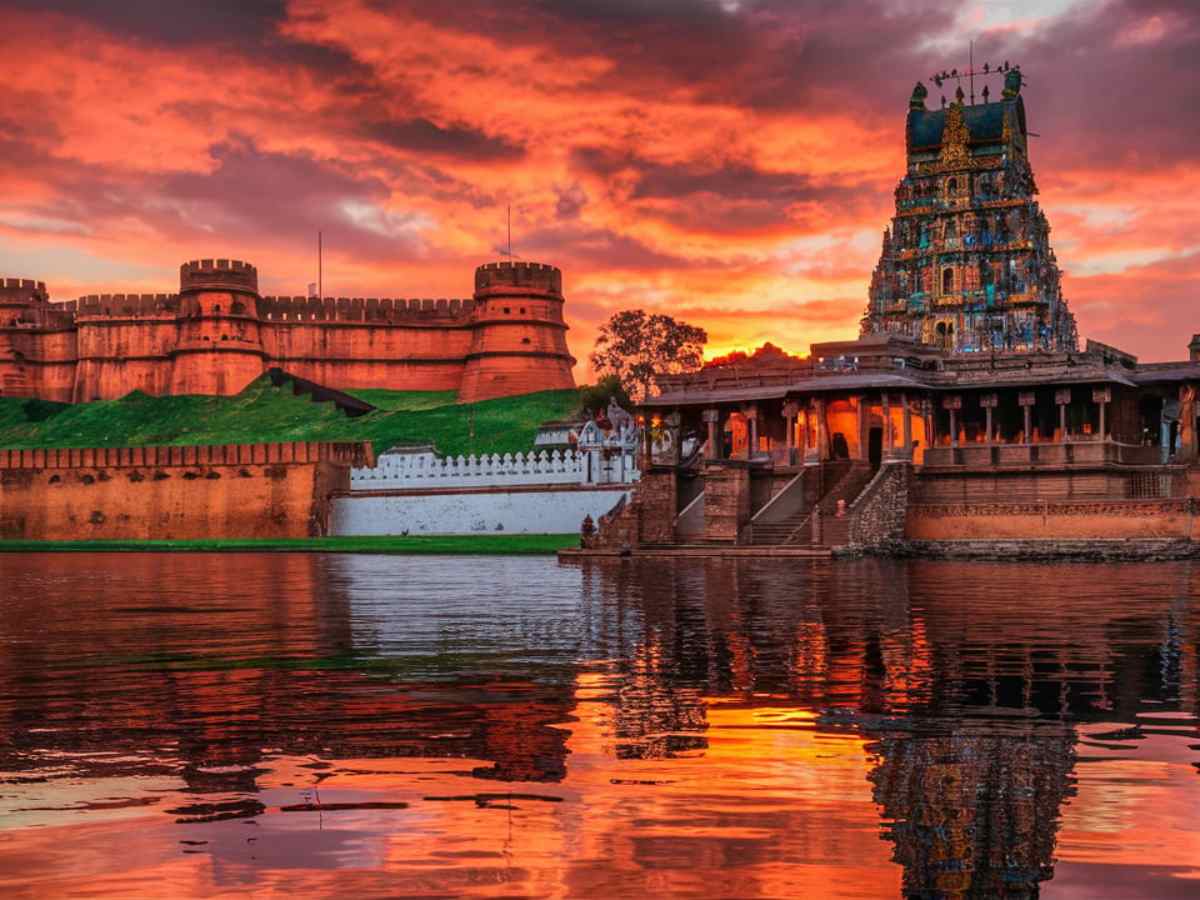
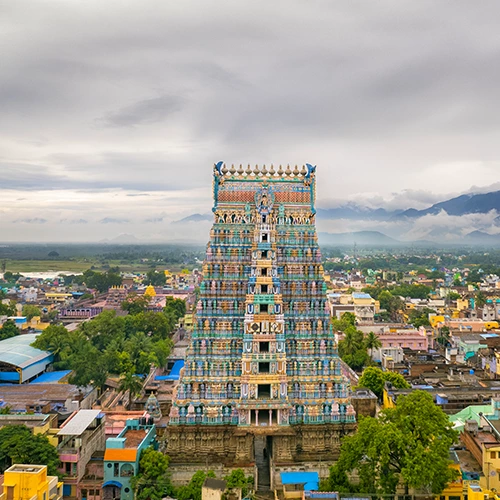
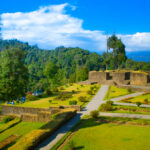
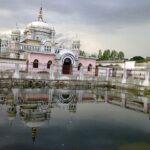
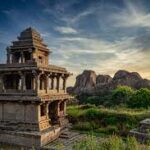

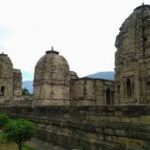

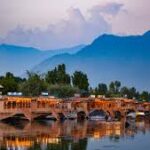
Pingback: Best Places to Visit in Virudhunagar – Explore Temples, Waterfalls & Heritage Sites